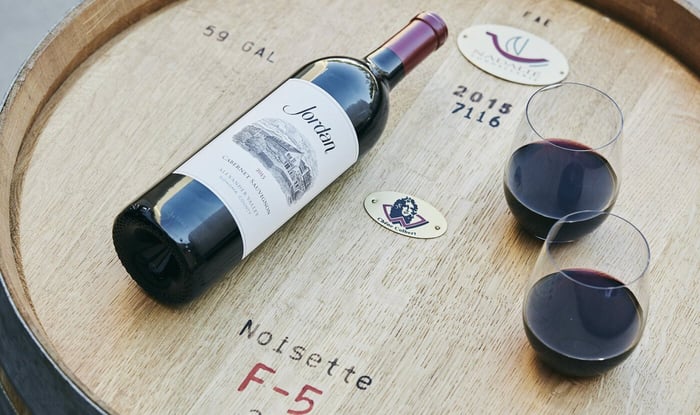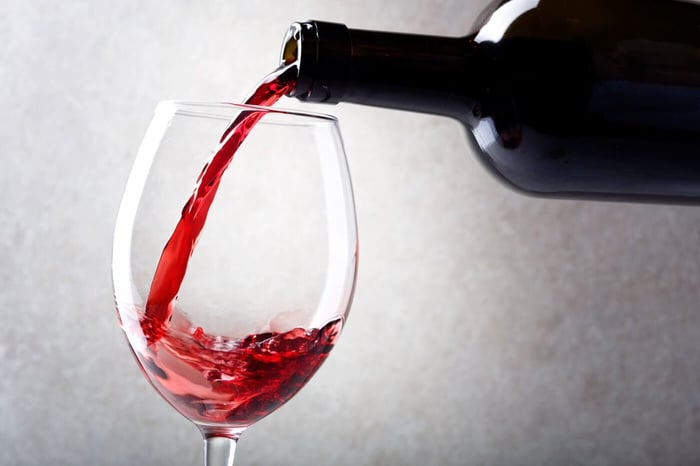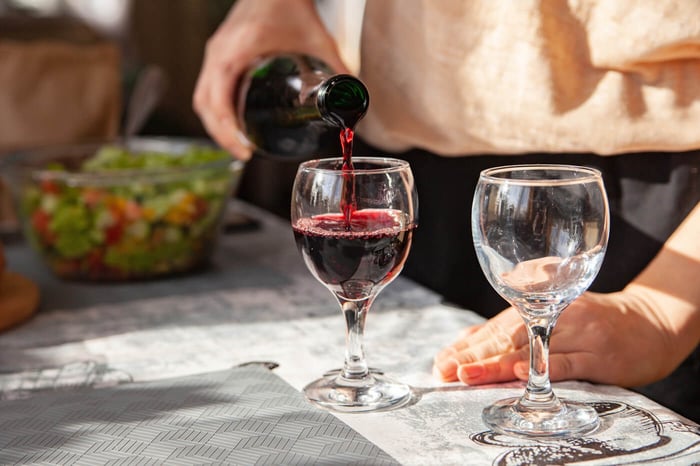Aged or New?
Wine is a beverage that has been enjoyed for thousands of years. As wine ages, it undergoes chemical changes that can affect its taste, aroma, and texture. Distinguishing between aged wine and new wine can be a challenge for many people, but with a little knowledge and practice, it is possible to tell the difference. In this blog post, we will discuss some of the ways to distinguish aged wine from new wine.
Check the Label
The first and most obvious way to distinguish aged wine from new wine is to check the label. Most wine bottles have a vintage year listed on the label. If the vintage year is several years old, then the wine is likely to be aged. However, some wineries may intentionally mislead consumers by using older vintages than the actual age of the wine, so this method may not always be reliable.
Look at the Cork
Another way to determine the age of a wine is to look at the cork. If the cork is stained, dried out, or crumbly, it is likely that the wine is aged. On the other hand, a new wine will have a fresh, clean cork. However, this method may not always be reliable since some wineries use synthetic corks or screw caps, which do not provide any clues about the age of the wine.
Check the Color
The color of the wine can also provide some clues about its age. As wine ages, it tends to lose its color and become lighter in hue. For example, a young red wine will be deep red or purple, while an aged red wine will be more brick-red or brown. A young white wine will be pale yellow or greenish, while an aged white wine will be darker and have more golden tones. However, this method may not always be reliable since some wines are made to be lighter in color, even when they are new.

Smell the Wine
One of the best ways to distinguish aged wine from new wine is to smell it. As wine ages, it develops a more complex aroma, with hints of earthiness, leather, and spice. A young wine will have a fresh, fruity aroma, while an aged wine will have a more subtle, mature aroma. However, this method requires some experience and knowledge of wine aromas to be reliable.

Taste the Wine
Finally, the most reliable way to distinguish aged wine from new wine is to taste it. As wine ages, it undergoes chemical changes that can affect its taste, aroma, and texture. Aged wine tends to have a smoother texture and more complex flavors than new wine. It may also have a longer finish, meaning that the flavors linger in the mouth after the wine is swallowed. However, this method also requires some experience and knowledge of wine tasting to be reliable.
There are several ways to distinguish aged wine from new wine. Checking the label, looking at the cork, checking the color, smelling the wine, and tasting the wine are all methods that can be used to determine the age of a wine. However, each of these methods has its limitations, and the most reliable way to determine the age of a wine is to use a combination of these methods and rely on your experience and knowledge of wine.




